Sugar in wine is very normal, they are natural sugars. But how much sugar is in wine? What is residual sugar? Which wine has more sugar, red or White wine† How many calories does one glass of wine† We are happy to explain it to you.
Content
How much sugar in wine?
- Original price was: 19,98. 13,99Current price is: 13,99. Add to Cart
How much sugar in wine present varies greatly. It has to do with the grape variety, with the type of wine (Red wine of White wine), in which climate the grapes grow and also the bottom where the grapes grow. It is therefore not very easy to say what the amount of sugar in wine is exact. Well, that's true dry red wine contains much less sugars than sweet ones White wine.
This all has to do with the fermentation process in which the natural sugars of grapes are converted into alcohol. The more of these natural sugars are converted, the less sugar will remain. This is also called residual sugar.
The natural sugars in grapes turn into alcohol through the fermentation process of wine. Once fermented, the amount of residual sugar left in the wine determines the "dryness" of the wine. Dry wines contain the least amount of sugar, while sweet, fruity wines contain much more sugar. Wine whose grapes are grown in warm regions tends to have more sugar than grapes whose grapes are grown in cooler regions.
Which wine has more sugar, red or White wine?
Red wine contains about 1,5 grams of sugar per glass. sweet White wine contains almost 6 grams of sugar per glass. dry White wine contains only about 0,6 grams of sugar per glass. Rosé wine contains 2,5 grams of sugar per glass. These are natural sugars, which provide a certain flavor structure in wine. White wine naturally has more acids and Red wine. But Red wine in turn contains much more tannins.
Wine with little sugar
Anyone looking for a wine that doesn't contain a lot of sugar should try a Dry wine choose like. Both Red wine as a White wine can dry is low in sugar.
White wine with little sugar
Red wine with little sugar
These are all examples of dry wines that contain little sugar. For those who prefer a sweeter wine, port wine is the best option. But this one often has a lot of alcohol. Sweet wines, such as port, are often called dessert wines because they pair well with cakes and pies. Both dry red wine as dry White wine does not go well with savory and sweet dishes.
Residual sugar in wine
Most red wines are 'still wines'. These are wines that have completely fermented and have calmed down and therefore contain no carbon dioxide. There are endless varieties of red wine. The different types of grapes that grow in very different wine regions provide an infinite number of taste and aroma variations. Most red wines to be 'dry' of taste. In this wine, almost all the sugar present is converted into alcohol during fermentation. This means that the wine'dry' and contains little residual sugar.
In addition, there are also red sweeter wines. Then there is so much sugar in the grapes that it cannot all be converted during fermentation. With more residual sugar, the wine is naturally sweeter. Carbon dioxide can also form during fermentation. Therefore it is also possible to Red wine to make sparkling. We just don't see this very often.
In addition, it is also possible to have sweet Red wine made by adding alcohol. This stops the fermentation earlier and leaves more residual sugar. This is done, for example, at Port, Marsala and Banyuls.
How many grams of sugar is in a glass of wine?
drug White wine en Red wine contains only a trace amount of sugar. Depending on the grape variety, they contain less than one gram per glass. When a wine becomes drier, it contains less sugar. The drier the wine, the less sugar it has. The sweeter the wine, the more sugar it will have.
The amount of natural sugar in grapes varies. Grapes from warm climates usually contain more sugar than those from cooler regions. Red grapes usually have more sugar than white varieties. When wine is made, yeast turns much of the grape's natural sugar into alcohol. Some sugar remains. This 'residual' sugar gives wine its sweetness level. Dry wines have the lowest sugar content. Therefore, a sweet wine contains about 5 grams of sugar per glass.
How many calories are in a glass of wine?
The amount of calories in a glass of wine depends on the type of wine and how many grams are in the glass. A standard glass of wine with 12 percent alcohol has about 126 calories.
According to the nutrition center, a wine, whether it is White wine of Red wine is, usually 25 calories per gram of sugar. In a standard wine glass goes in about 100 ml of wine. In many restaurants, however, they often serve in a larger wine glass† This is how a restaurant can wine glass contain 125 calories.
Alcohol and calories in wine
Wines from Europe have to deal with stricter laws and regulations in the field of alcohol content than wines from, for example, America, Africa or Australia, and therefore often have a slightly lower alcohol percentage. In addition, they also contain other amounts of sugars.
The amount of alcohol in wine affects the calorie count. The alcohol percentage can vary from 9 percent to 17 percent. Wine with a lower alcohol percentage contains fewer calories than wine with a high alcohol percentage. This is independent of the amount of sugars in the wine.
Wine out Dalmatia en Istria
Do you want less sweet wine, choose wine from a somewhat cooler climate. Wines from warm regions wine from Dalmatia and wine out Istria are often made from grapes with a higher sugar content (due to the heat) which results in a higher alcohol percentage (so more calories). Wine out Slavonia has less sugar because it is less warm and because the soil is different. This makes the wine contain more acids, less alcohol and therefore fewer calories. You can compare it with the acidity which also in olive oil is present.
But this is also just a rule of thumb, because there are also a lot of wines from these warmer areas that are very dry and wines from cooler areas that are very dry are. It is therefore entirely dependent on how the winegrower has made the wine. It is therefore important to read the label carefully. It almost always states whether it is dry or sweet wine goes. If it is not listed, it is always useful to ask the seller.
What if residual sugars are not listed anywhere?
If you're having trouble finding a wine's technical specs, or if the residual sugar content isn't listed, here are a few tips to help:
- Cheap wines usually have a lot of residual sugars because they are not that high quality and need the sweetness to taste fruity. The sweetness of sugar masks the real taste of a wine.
- If you spend a little more on wine, it tends to be drier and usually has less residual sugar because the grapes are of better quality.
- Even if a wine has 15 grams per liter of residual sugar, it only adds 7,5 sugar calories, which is not much. As with many things, moderation is key!
Hopefully, these tips will help you get the information you need about the residual sugar content of a wine.
What is your favorite (dry) wine?
looking for a Dry wine that tastes good, but has a low sugar content? We are curious which kind of wine do you like better, Dry wine of sweet wine? Let us know your recommendations in the comments, drop your comment below!


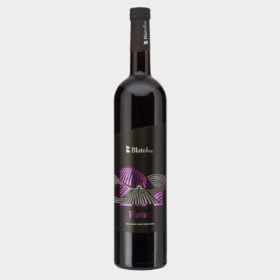

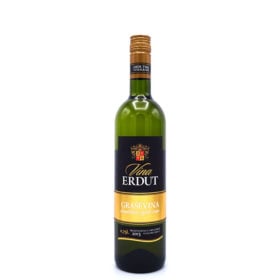
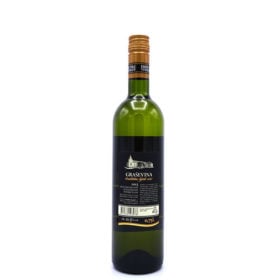
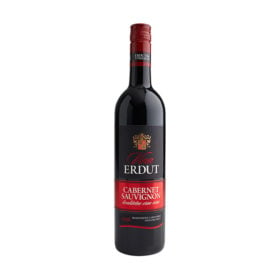

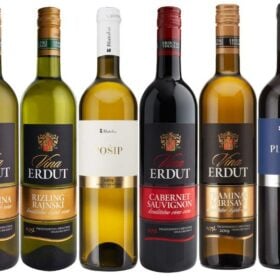
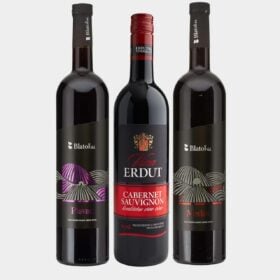
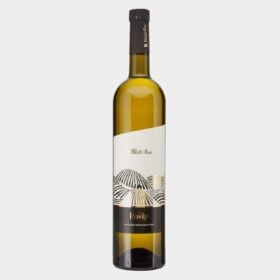


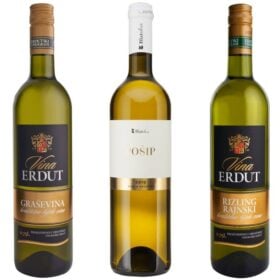
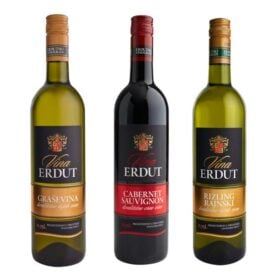
Does natural white wine contain less sugar than normal dry white wine?
No, the sugar in wine comes from the grapes, so it is standard in natural wine as well as in regular wine. It is true that natural wine contains no or very few sulphites.
How much sugar is in a glass of white wine made from Australian Chardonnay?
That is really difficult to say in advance, you can check whether it is on the label, but there is a good chance that it is not. Is it dry Chardonnay from Australia, semi-dry Chardonnay from Australia? Dry wine has the least residual sugar, namely 6 grams of residual sugar per litre.
It seems that there is a new type of wine (red, white and rosé) that contains something like 10,5% alcohol.
There would be no residual sugar in it, which would make it low in carbohydrates. . .
Sounds like a sales pitch to me. . .
No residual sugar in wine is actually not possible, grapes naturally contain sugar and that gives the wine a certain character, taste, etc. Even the driest wine always contains residual sugar